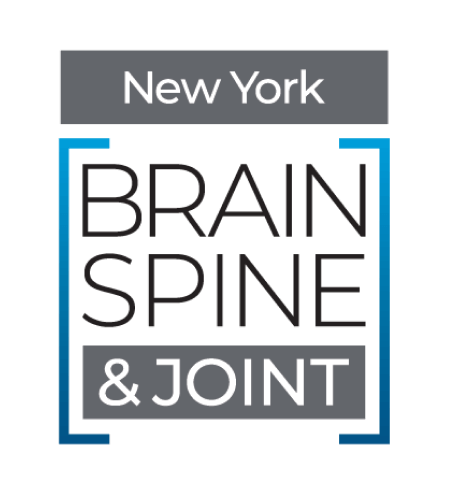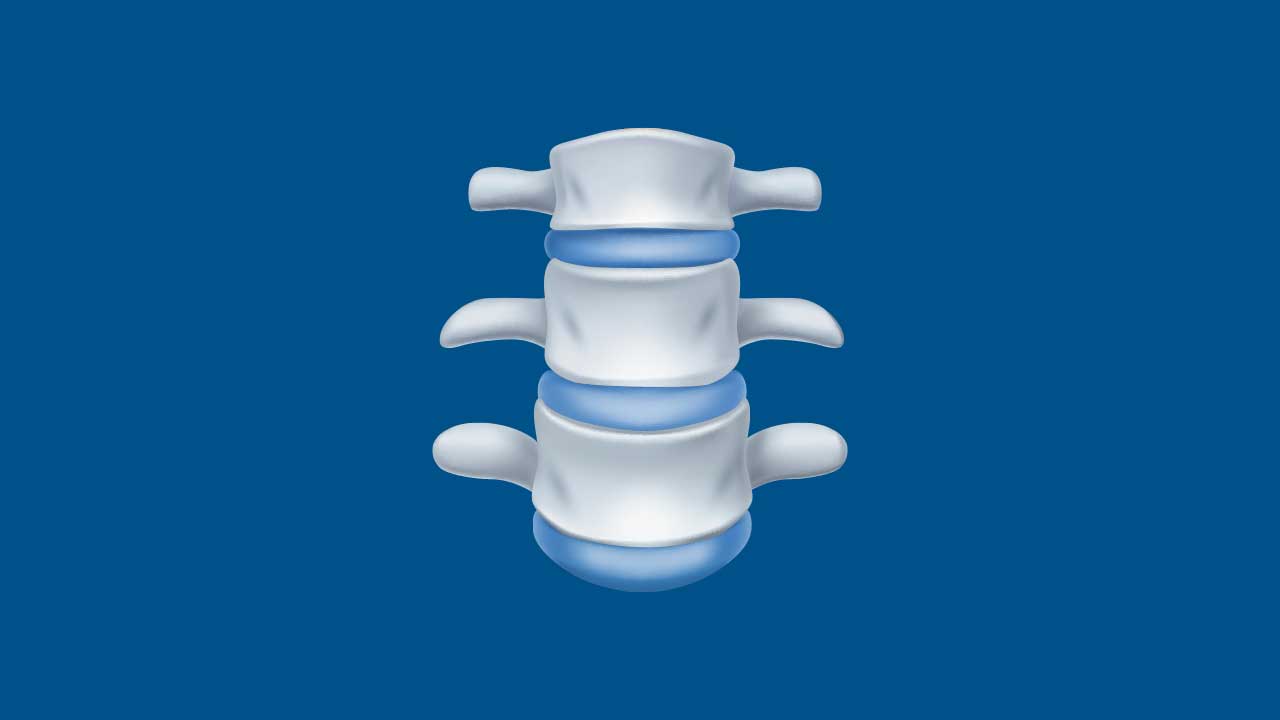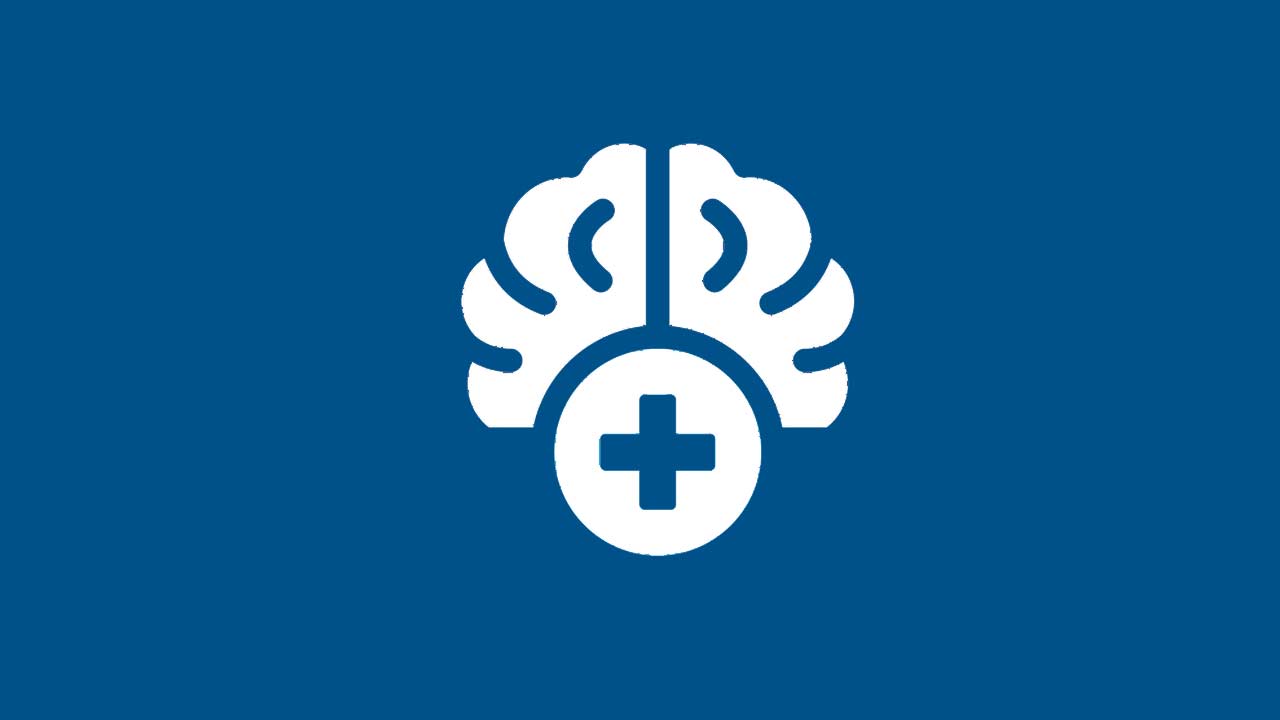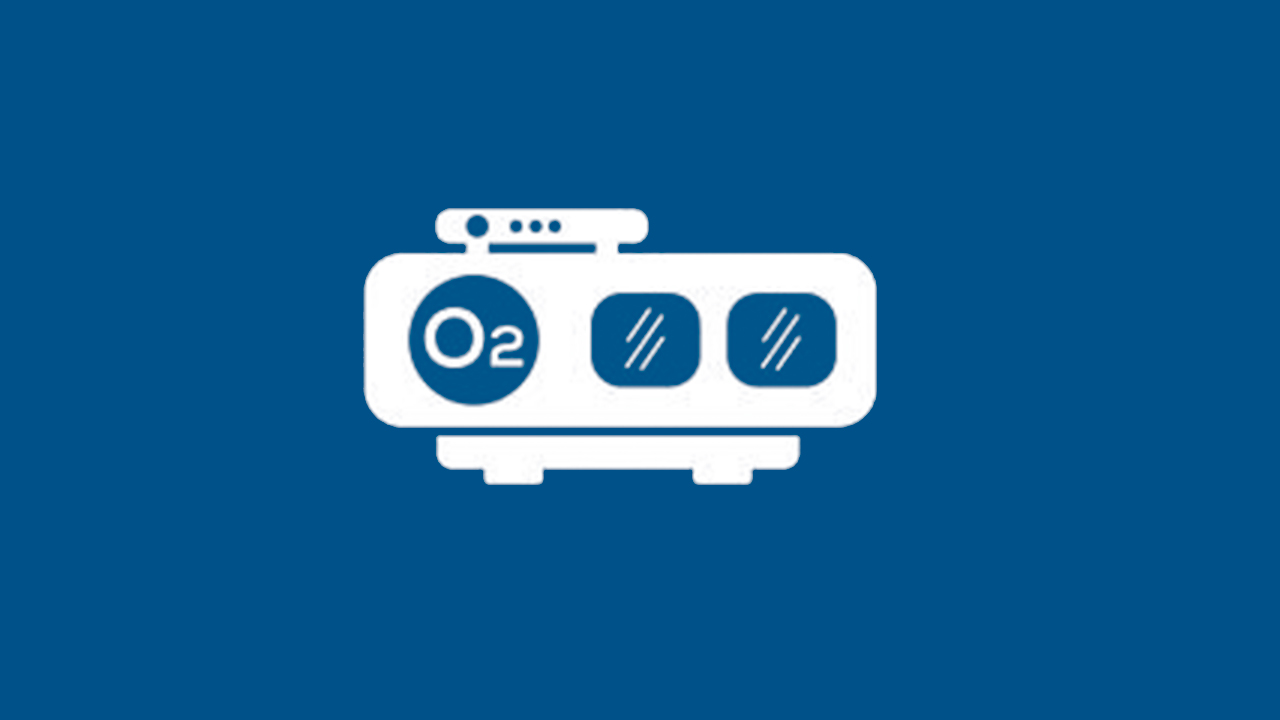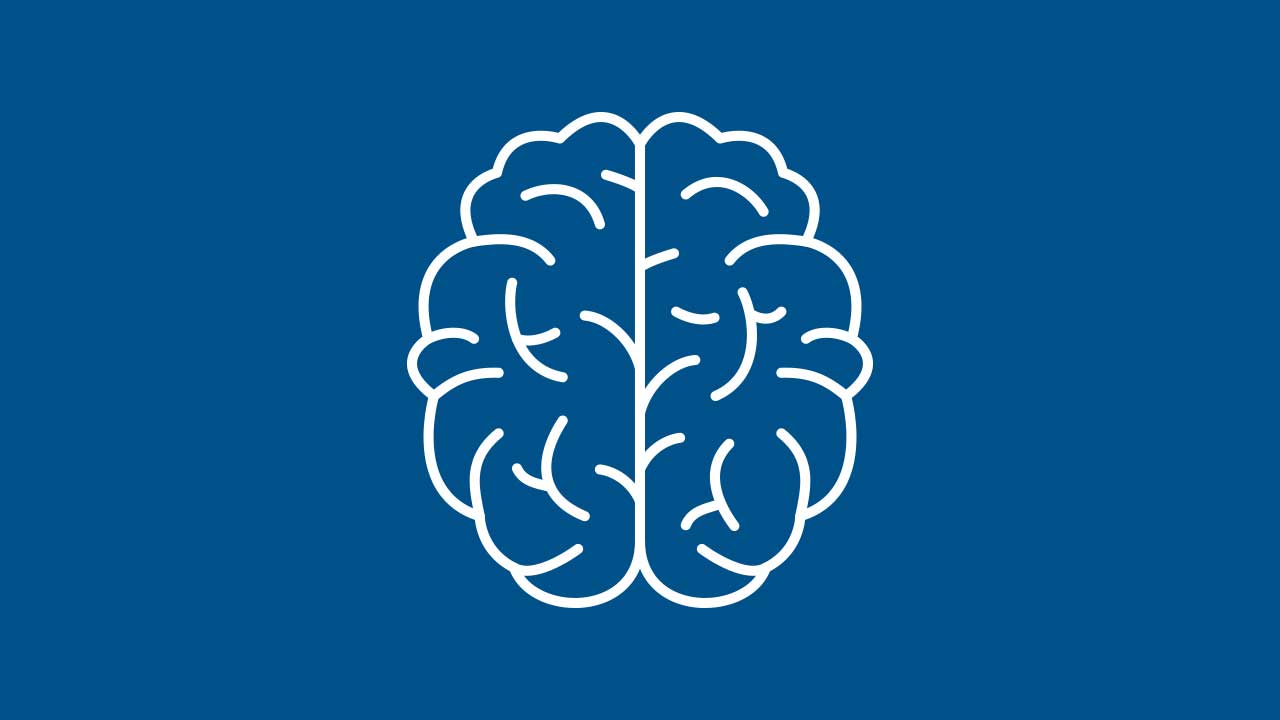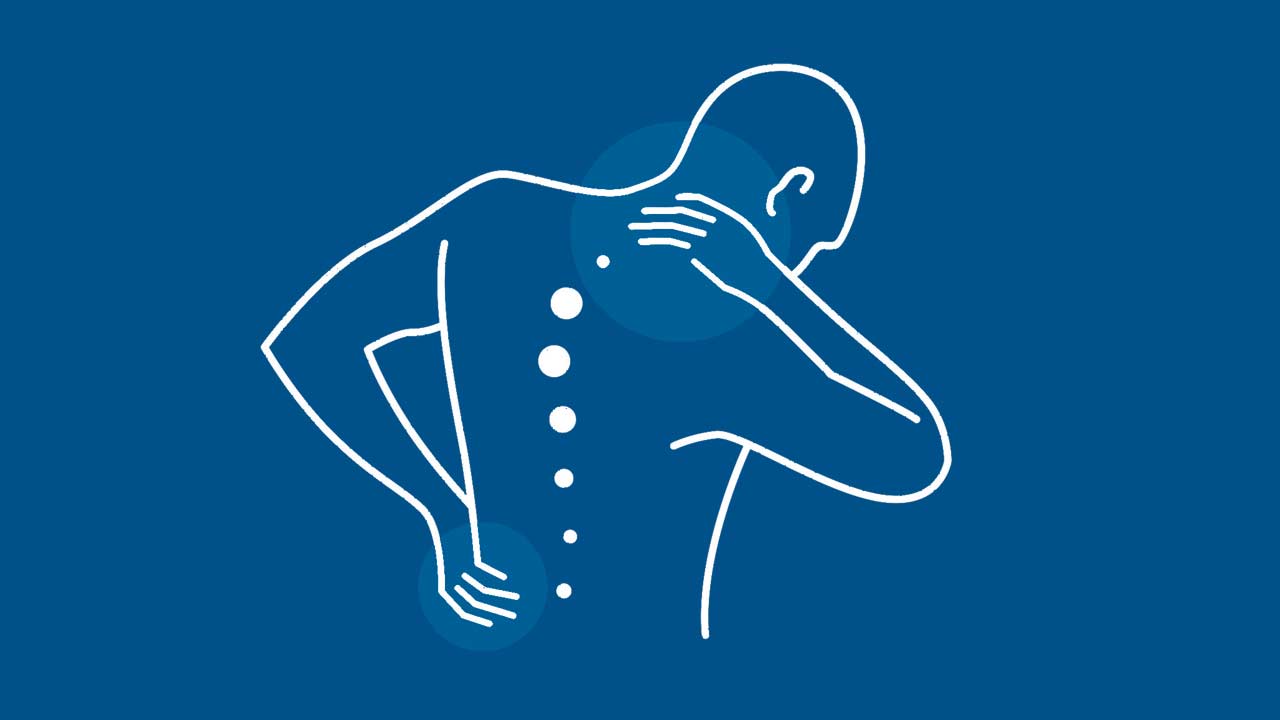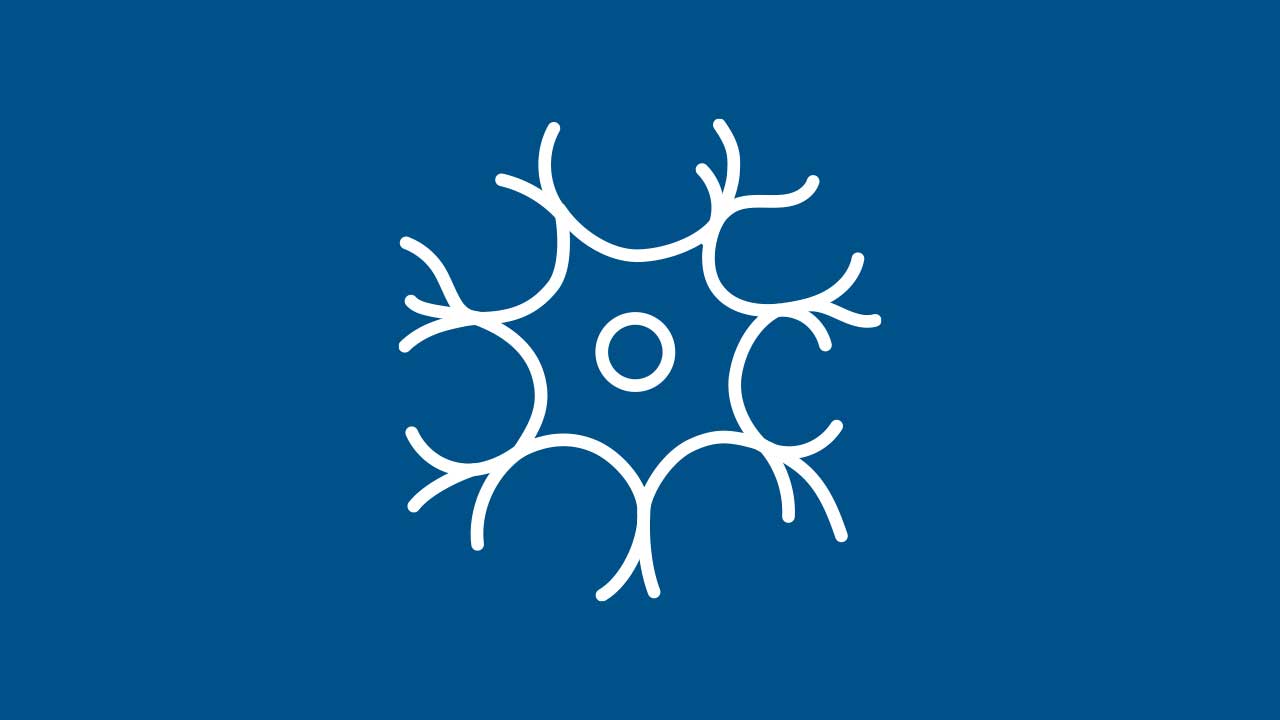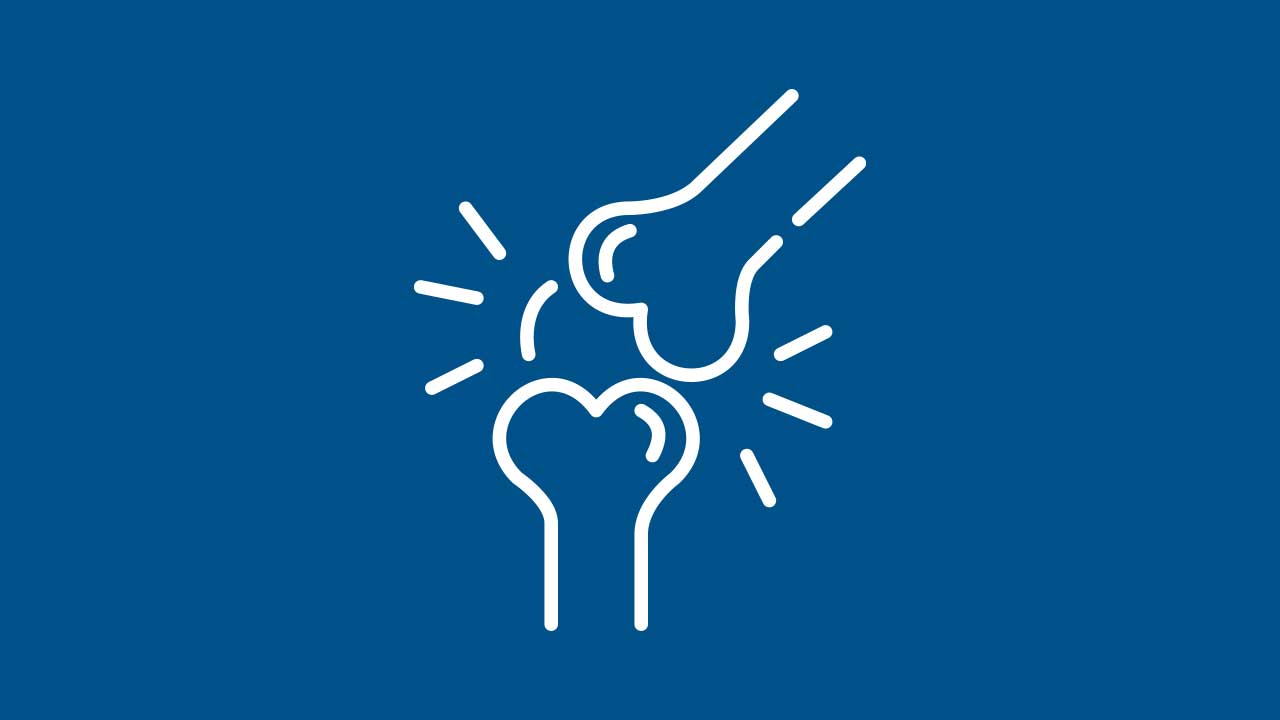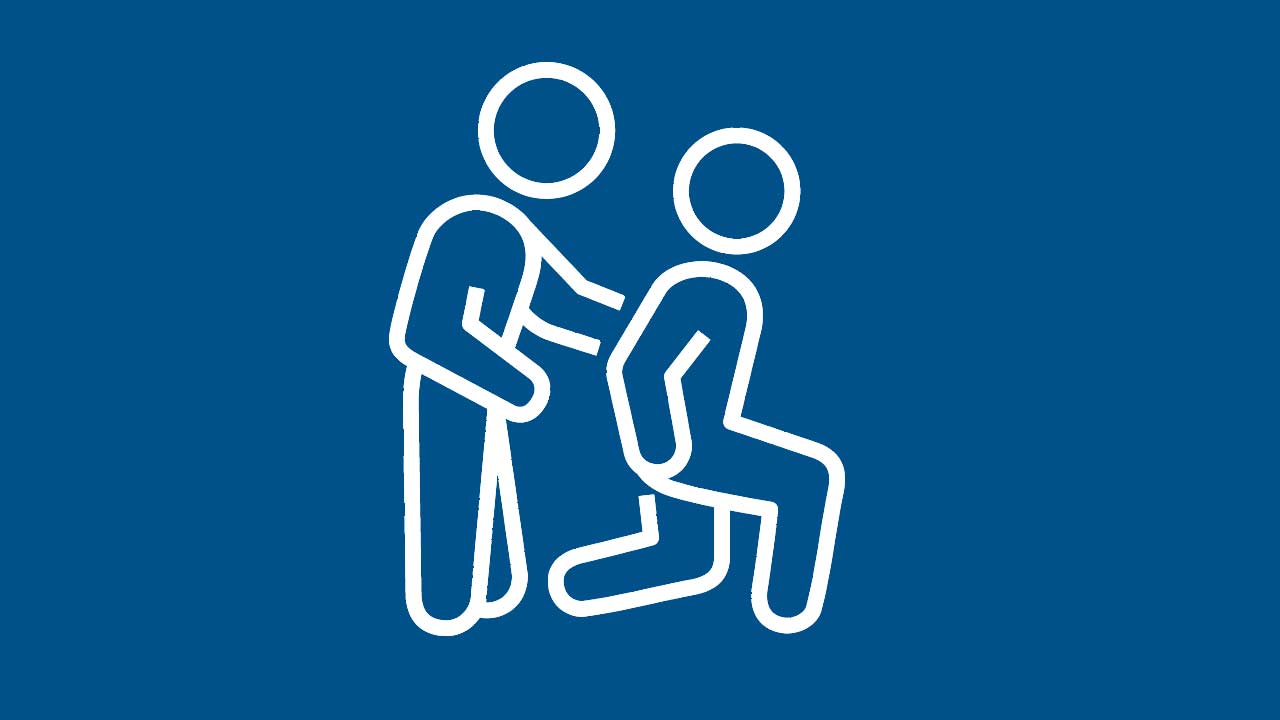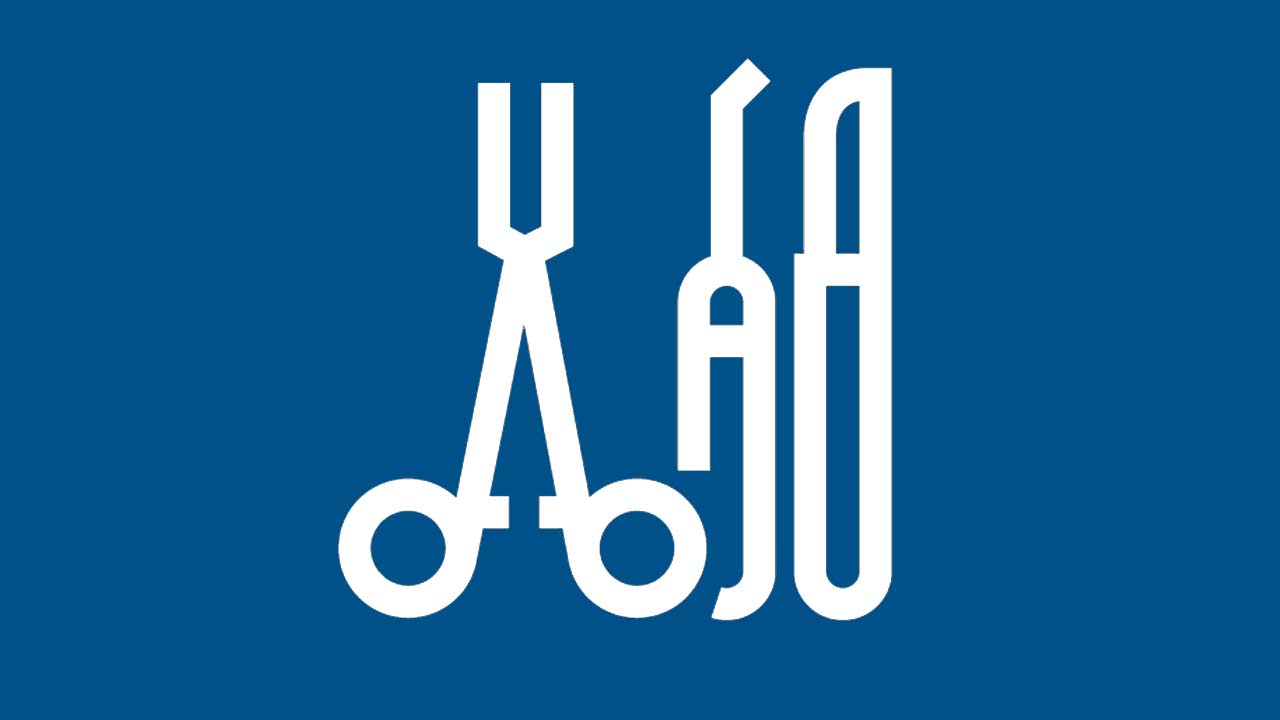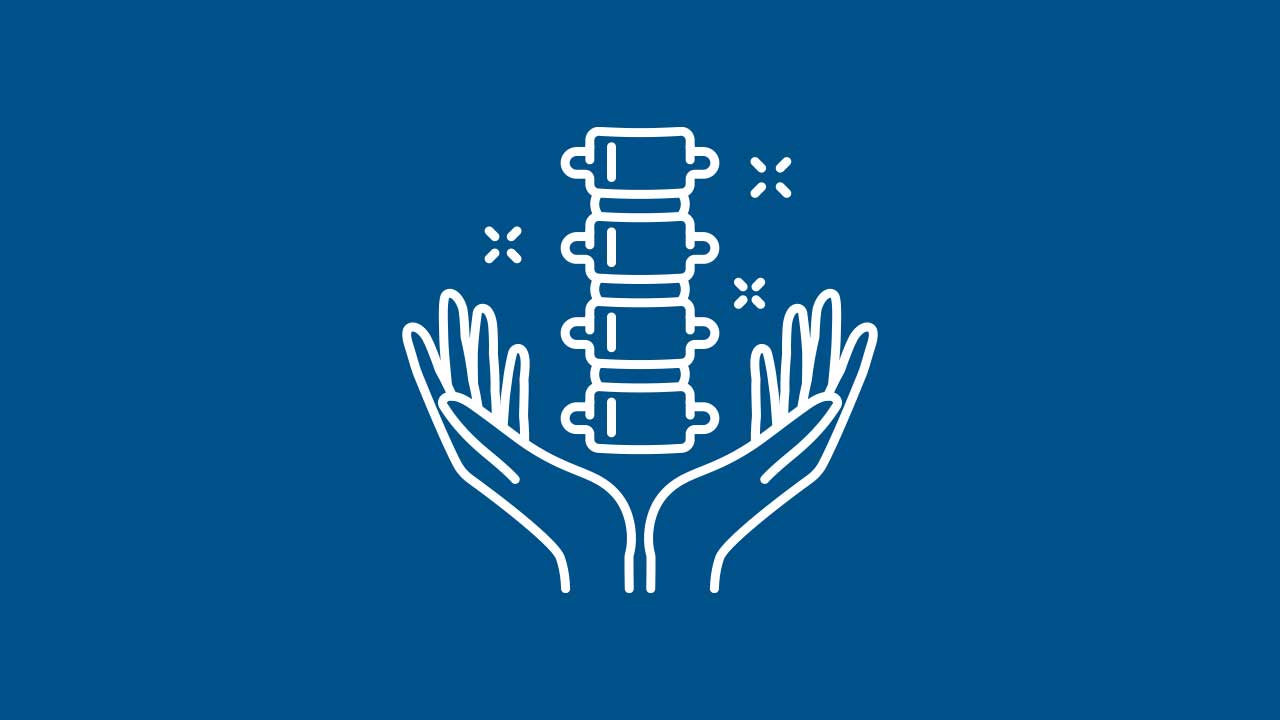Spondylosis
Share This Page
Spondylosis: Causes, Symptoms, and Treatment Options
Spondylosis is a broad term describing age-related wear and tear on the spine, particularly involving the discs, ligaments, and facet joints. Over time, degenerative changes can lead to bone spurs (osteophytes), disc dehydration, and reduced flexibility, resulting in back or neck pain and stiffness.
Understanding Spondylosis
Spondylosis can affect any part of the spine—cervical (neck), thoracic (mid-back), or lumbar (lower back). It is often associated with osteoarthritis of the spine, where cartilage breakdown and bone overgrowth can narrow the spaces for nerves, causing pain and potential neurologic symptoms.
Causes and Risk Factors
- Aging
Spinal discs lose water content and elasticity, height decreases, and facet joints become worn. - Genetic Predisposition
Family history of arthritis or degenerative disc disease can increase susceptibility. - Lifestyle Factors
Smoking, obesity, and sedentary habits can exacerbate degenerative changes.
High-impact sports or heavy lifting can accelerate wear. - Previous Injuries
Trauma, such as fractures, can lead to earlier onset of arthritic changes.
Common Symptoms
- Stiffness: Feeling of reduced flexibility or tightness, especially after periods of inactivity.
- Localized Pain: Neck or back discomfort that may worsen with movement.
- Radiating Pain: Irritated nerves can cause numbness, tingling, or weakness in arms or legs.
- Muscle Spasms: Tension and spasms around the affected spinal region.
- Headaches (Cervical Spondylosis): In cases of neck involvement.
Diagnosis
- Clinical Evaluation
Assessment of range of motion, posture, and neurological signs. - Imaging
X-rays: Reveal bone spurs, disc space narrowing, or other arthritic changes.
MRI or CT Scan: Detailed visualization of soft tissues, nerves, and the extent of degenerative changes. - Other Diagnostic Tests
Nerve Conduction Studies: Evaluate if nerve compression is causing symptoms.
Non-Surgical Treatment Options
- Medications
NSAIDs, muscle relaxants, or short-term oral steroids to reduce inflammation. - Physical Therapy
Strengthening and stretching exercises tailored to improve posture, flexibility, and support. - Heat/Cold Therapy
Alternating heat and cold packs can alleviate stiffness and pain. - Epidural Steroid Injections
Localized steroid injections can reduce inflammation around affected nerves. - Lifestyle Modifications
Weight management, regular low-impact activity, and ergonomic adjustments.
Surgical Treatment Options
- Decompression Procedures: Removing or reshaping bone spurs, discs, or ligaments impinging on nerves.
- Spinal Fusion: Stabilizing arthritic segments that cause chronic pain.
- Artificial Disc Replacement: In some cases, to preserve movement at a severely degenerated segment.
Recovery and Rehabilitation
- Post-Treatment Care: May involve a brace, short hospital stay, and pain control strategies.
- Physical Therapy: Reinforces proper alignment, strengthens supporting muscles, and prevents recurrence.
- Long-Term Maintenance: Ongoing exercise programs and posture awareness.
Our Multi-Disciplinary Approach in NYC
Our multi-location, multi-disciplinary practice brings together surgeons, pain management physicians, and rehabilitation experts to create individualized care plans for spondylosis. Whether you need conservative management or advanced procedures, our team utilizes leading-edge technologies and techniques to treat patients locally and internationally.
Additional Resources
Disclaimer
